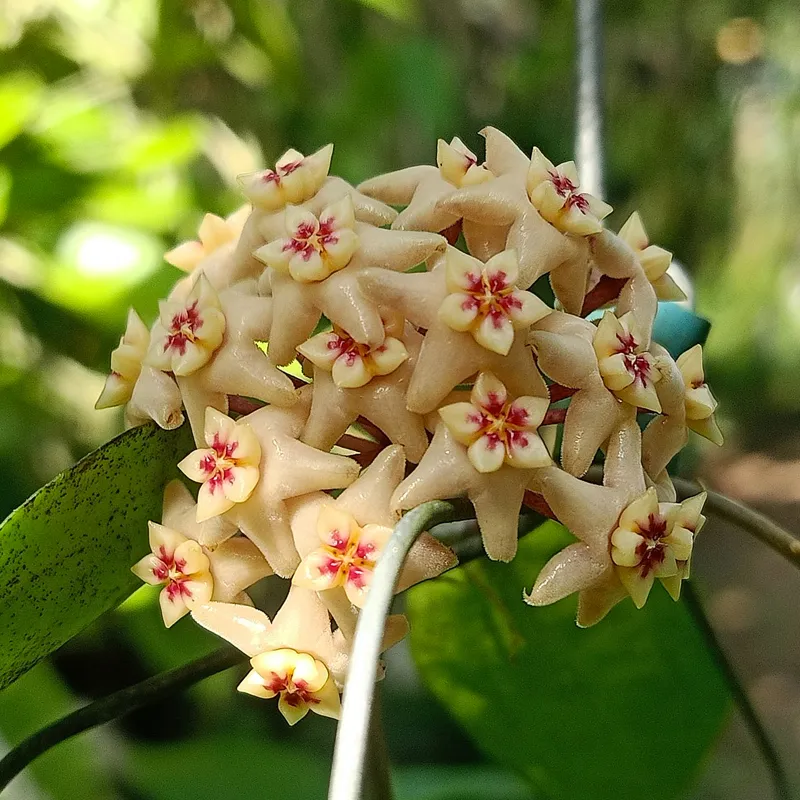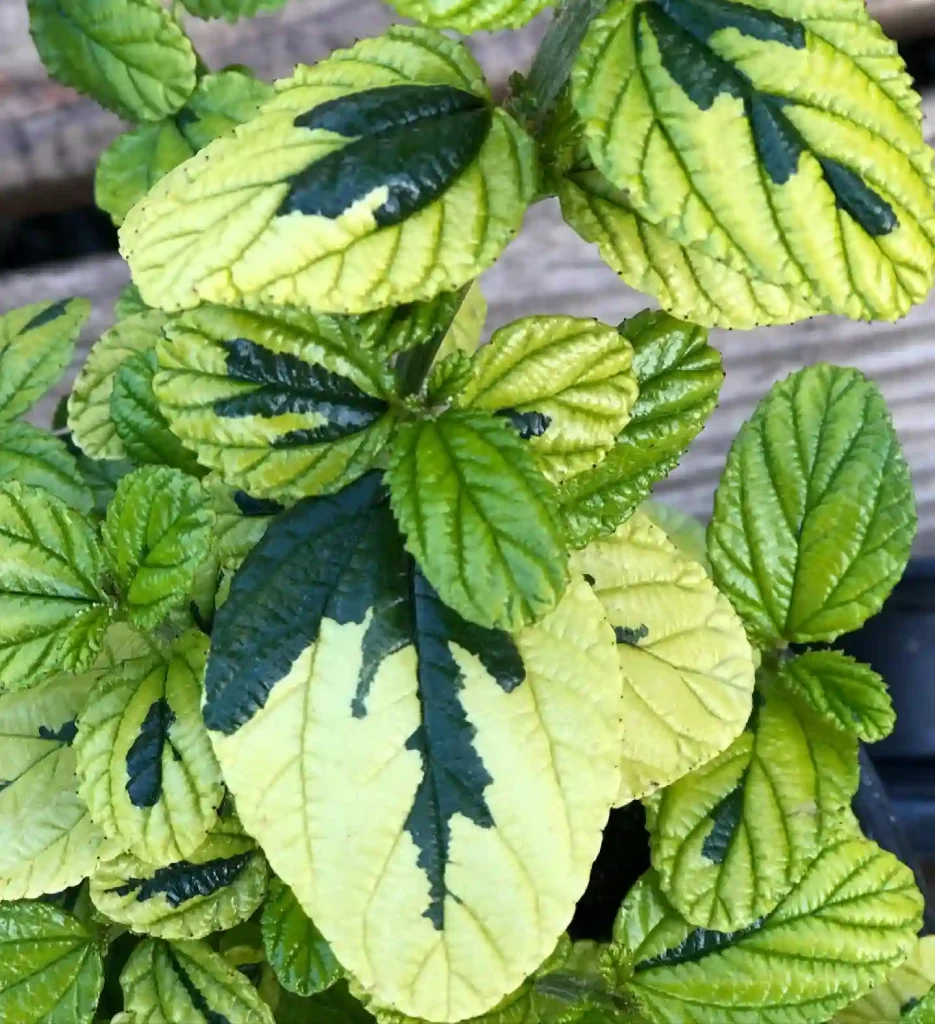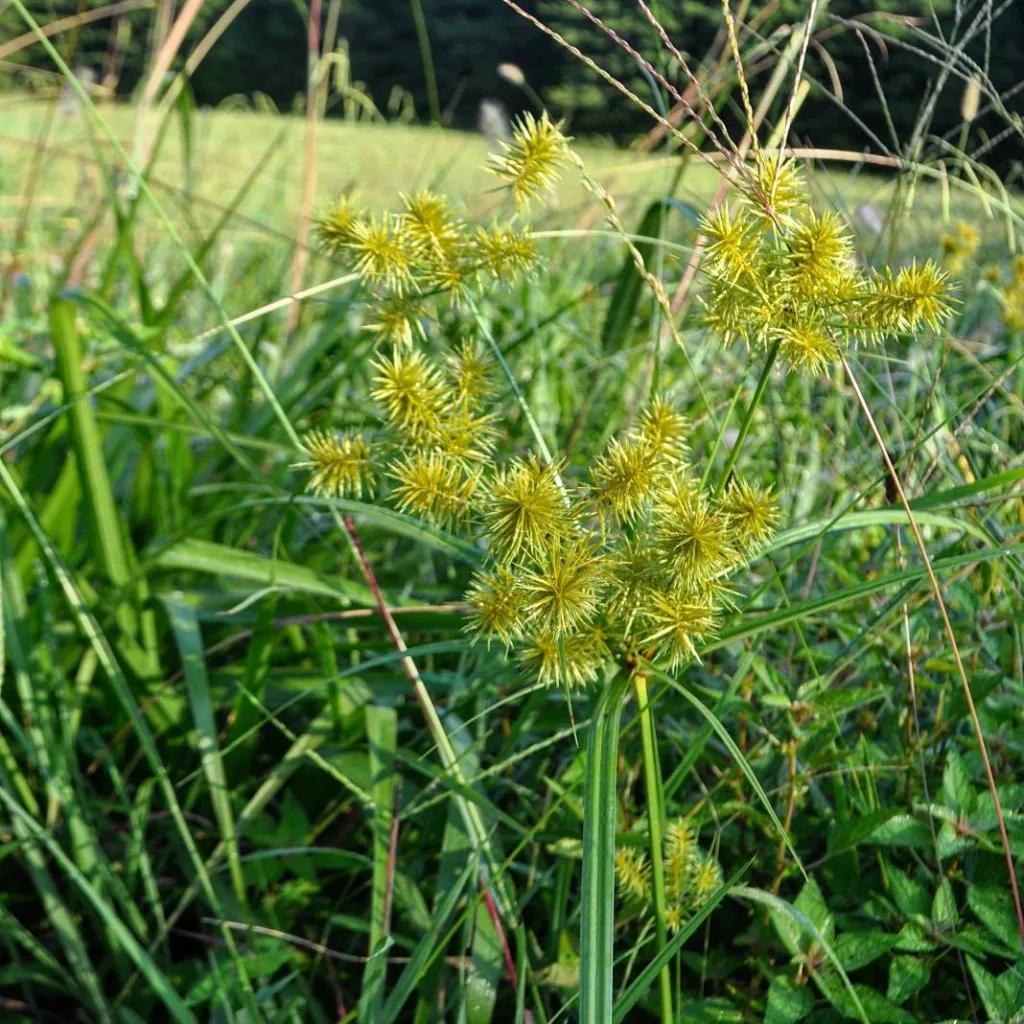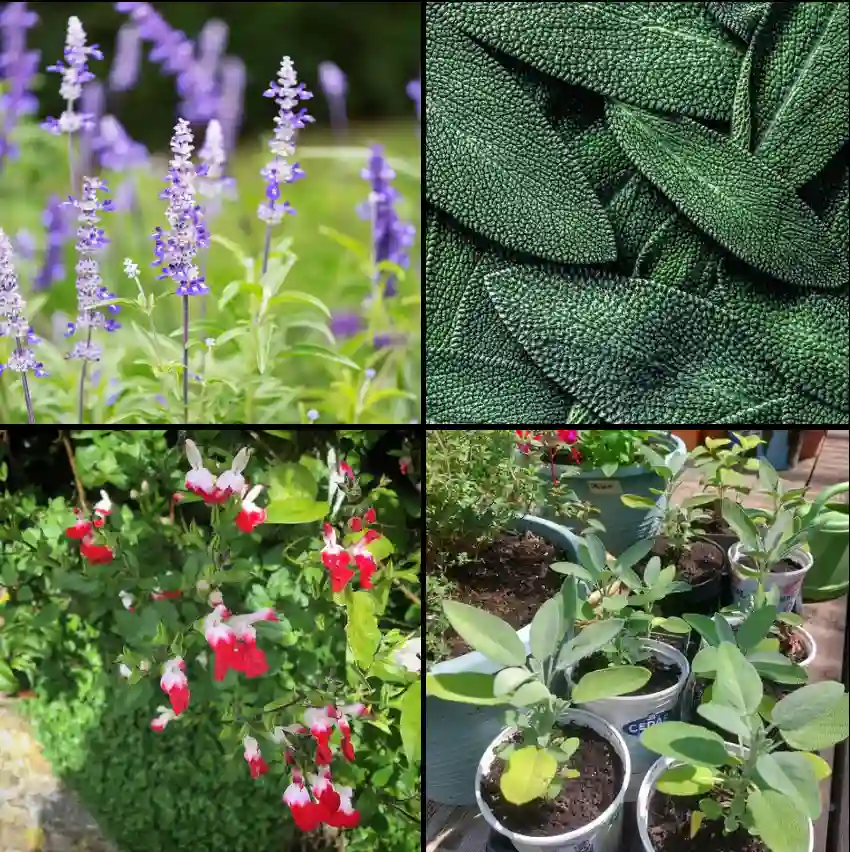Exploring the Carlemanniaceae Family: A Deep Dive into Carlemannia and Silvianthus
The Carlemanniaceae family may not be as well-known as other plant families, but it has a unique charm and significance. The family consists of two genera, Carlemannia and Silvianthus, both of which possess distinct traits that make them worthy of exploration. I’ve always had a curiosity for underappreciated plant families, and this one caught my attention due to its interesting morphology and ecological importance. Let me take you through my personal exploration of this family and its members.
Understanding the Carlemanniaceae Family
The Carlemanniaceae family, while not as large as some of the more famous plant families, holds a special place in botany. It’s a small family of flowering plants that are native to subtropical and tropical regions of Asia. In my experience as a plant enthusiast, I’ve often found that these lesser-known families offer some of the most fascinating insights into biodiversity and plant adaptation.
The Carlemanniaceae family is part of the Lamiales order, which also includes well-known families such as Lamiaceae (mint family) and Verbenaceae (verbena family). However, Carlemanniaceae is distinct in its own right, having unique morphological characteristics, including small flowers and an affinity for shaded environments.
Carlemannia: The Heart of the Carlemanniaceae Family
One of the two genera in the Carlemanniaceae family, Carlemannia, is particularly interesting to me. It includes a few species, with Carlemannia tetragona being one of the most recognized. These plants are herbaceous and grow low to the ground, making them well-suited for environments where they need to compete for sunlight under the canopy of larger trees.
In my personal experience, Carlemannia species tend to thrive in moist, shaded areas. They have adapted to life under the forest canopy, which gives them an advantage in these environments. Their flowers are small and not particularly showy, which may explain why they haven’t gained the same popularity as other ornamental plants. But for someone like me, who appreciates the subtle beauty of plants, Carlemannia offers a quiet elegance that stands out once you get to know it.
Their simple yet effective method of reproduction involves small, tubular flowers that attract specific pollinators. I’ve observed that these plants tend to rely more on wind dispersal and small insects rather than the large, colorful pollinators that other flowering plants often attract.
Silvianthus: The Lesser-Known Sibling
The second genus in the Carlemanniaceae family, Silvianthus, is much less known compared to Carlemannia. However, this genus is equally intriguing. Silvianthus species are shrubs, which contrasts with the herbaceous nature of Carlemannia. One of the species I’ve read about, Silvianthus bracteatus, has a more robust structure, with its taller growth making it stand out in its native habitat.
Unlike Carlemannia, Silvianthus species have more prominent flowers. These flowers tend to be larger, which has led me to believe that they may rely more on pollinators such as birds or bees. In some ways, this makes Silvianthus more visually appealing to those who are drawn to showier plants. The flowers have a tubular structure and are often found in clusters, which give them a striking appearance when in bloom.
From what I’ve gathered, Silvianthus prefers similar conditions to Carlemannia, thriving in humid, shaded environments. The structural differences between the two genera, however, show how diverse even a small family like Carlemanniaceae can be in terms of growth habits and adaptation strategies.
Ecological Importance of Carlemanniaceae
While Carlemannia and Silvianthus may not be household names, they play an important role in their ecosystems. Both genera are integral to the forest ecosystems of tropical and subtropical Asia. Their ability to thrive in the understory helps maintain biodiversity by providing shelter and food for a variety of organisms.
In my experience, plants that grow in the lower levels of a forest ecosystem, like those in the Carlemanniaceae family, are often overshadowed by their larger counterparts. However, these plants are vital in maintaining soil structure, preventing erosion, and providing habitats for insects and small animals. Their adaptability to low-light conditions also showcases the incredible resilience of plant life.
Conservation and Future Exploration
One of the reasons I became interested in the Carlemanniaceae family is its relatively obscure status in plant conservation efforts. As many tropical and subtropical forests are threatened by deforestation, plants like Carlemannia and Silvianthus are at risk. Their role in maintaining forest ecosystems means that any loss of these species could have a ripple effect on the biodiversity of the region.
For plant enthusiasts like me, discovering and understanding these plants is not just about appreciation but also about raising awareness. The more we know about families like Carlemanniaceae, the better equipped we are to advocate for their protection.
Final Thoughts: The Beauty in the Small and Subtle
What I love most about the Carlemanniaceae family is how it represents the beauty of subtlety in nature. Carlemannia and Silvianthus may not be the showstoppers of the plant world, but their unique characteristics and their important ecological roles make them worth paying attention to. For someone who enjoys exploring the lesser-known corners of the plant kingdom, the Carlemanniaceae family is a fascinating subject that I believe deserves more recognition.
As I continue my journey through botany, I’ll keep exploring families like Carlemanniaceae, always looking for the hidden gems that remind us how much there is still to discover about the natural world. The intricate relationships and adaptations of plants never cease to amaze me, and I’m excited to see what else the plant world has in store.
If i die, water my plants!



